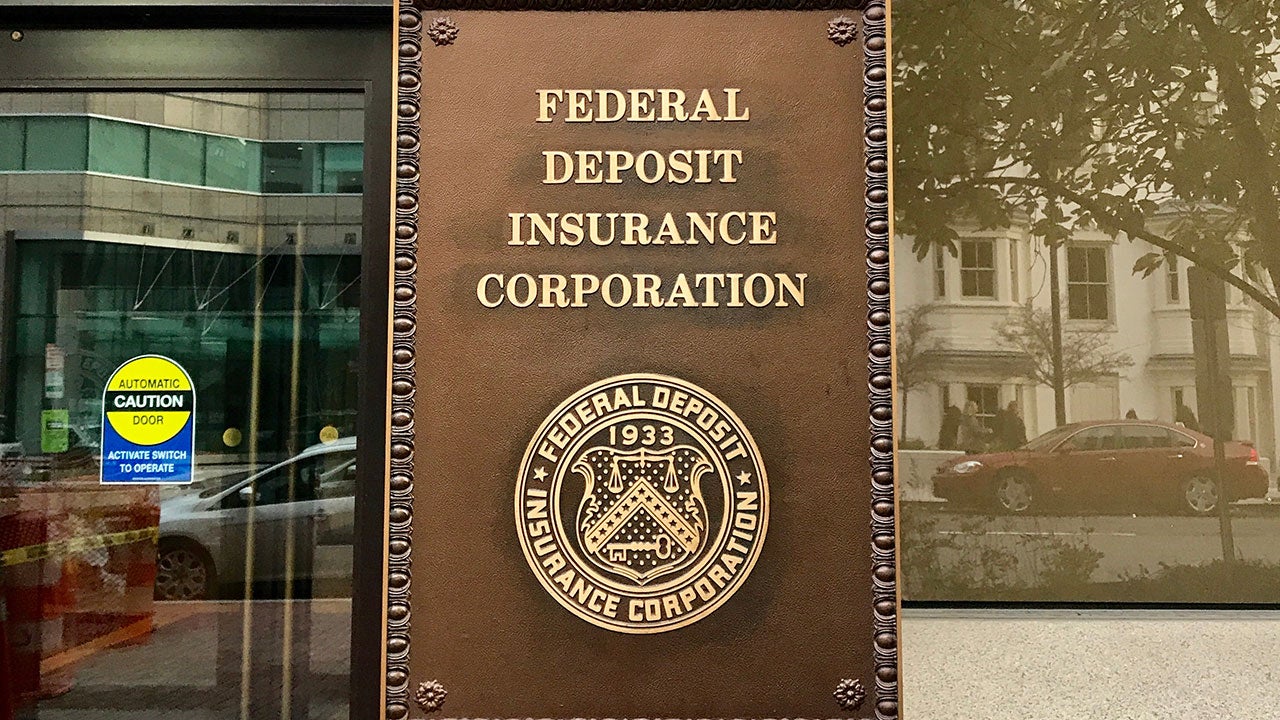The 7 largest bank failures in US history




Bank failures had been relatively rare since the financial crisis of 2008 and 2009, but that all changed last year when First Republic and Silicon Valley Bank both collapsed and sent shockwaves through the banking industry. How do those failures stack up against other major domino falls? And what can you do to make sure you never need to lose any sleep over your bank’s health? Read on to learn about the history of bank failures.
The seven largest bank failures
| Bank name | Bank failure date | Assets* |
|---|---|---|
| Washington Mutual Bank | Sept. 25, 2008 | $307 billion |
| First Republic Bank | May 1, 2023 | $212 billion** |
| Silicon Valley Bank | March 10, 2023 | $209 billion** |
| Signature Bank | March 12, 2023 | $110 billion** |
| IndyMac Bank, F.S.B. | July 11, 2008 | $31 billion |
| Colonial Bank | Aug. 14, 2009 | $26 billion |
| First Republic Bank-Dallas, N.A. | July 29, 1998 | $17 billion |
*Assets rounded to nearest billion
**From the Federal Reserve as of Dec. 31, 2022
*** This list only includes failures and does not include banks that were provided assistance.
Bank failures have been uncommon in recent history
During the Great Depression, from 1930 to 1933, more than 9,000 banks failed. The Banking Act of 1933, signed by President Franklin Roosevelt, created the Federal Deposit Insurance Corporation (FDIC).
Bank failures are far less numerous today than they were in the 1930s, but they still occur. From 2001 through 2024, there have been 567 bank failures, according to the FDIC. More than 500 of these bank failures occurred between 2007 and 2014 due to the global financial crisis.
As of July 2024, there has been one bank failure this year: Republic First Bank (Philadelphia), which did business as Republic Bank. This failure occurred in April.
Because bank failures can happen, it’s important to have your money in a FDIC-insured bank or, if opting for a credit union, one that is insured by the National Credit Union Administration (NCUA). It’s also vital to understand how this type of insurance works, including what types of bank accounts are covered (savings, money market accounts, checking accounts and certificates of deposit, or CDs), and what the limitations include.
FDIC insurance is backed by the U.S. government and guarantees bank consumers that their money is safe for up to a limit of $250,000 per depositor, per FDIC-insured bank, per ownership category.
| Number of bank failures | Year | Number of bank failures | |
|---|---|---|---|
| 2023 | 5 | 2011 | 92 |
| 2022 | 0 | 2010 | 157 |
| 2021 | 0 | 2009 | 140 |
| 2020 | 4 | 2008 | 25 |
| 2019 | 4 | 2007 | 3 |
| 2018 | 0 | 2006 | 0 |
| 2017 | 8 | 2005 | 0 |
| 2016 | 5 | 2004 | 4 |
| 2015 | 8 | 2003 | 3 |
| 2014 | 18 | 2002 | 11 |
| 2013 | 24 | 2001 | 4 |
| 2012 | 51 |
Always make sure your money is FDIC insured
It doesn’t matter whether it’s a year with no bank failures or 2010, with 157 failures — it’s crucial to always make sure your money is at an FDIC-insured bank, within FDIC insurance limits and following the FDIC’s rules. That way, even if you wake up to the surprising news that your bank is closing its doors, you’ll be able to get your money back up to the insured limit.
It’s important to note that credit unions can fail, too. If you’re a member of a credit union, make sure you’re covered by NCUA insurance.



